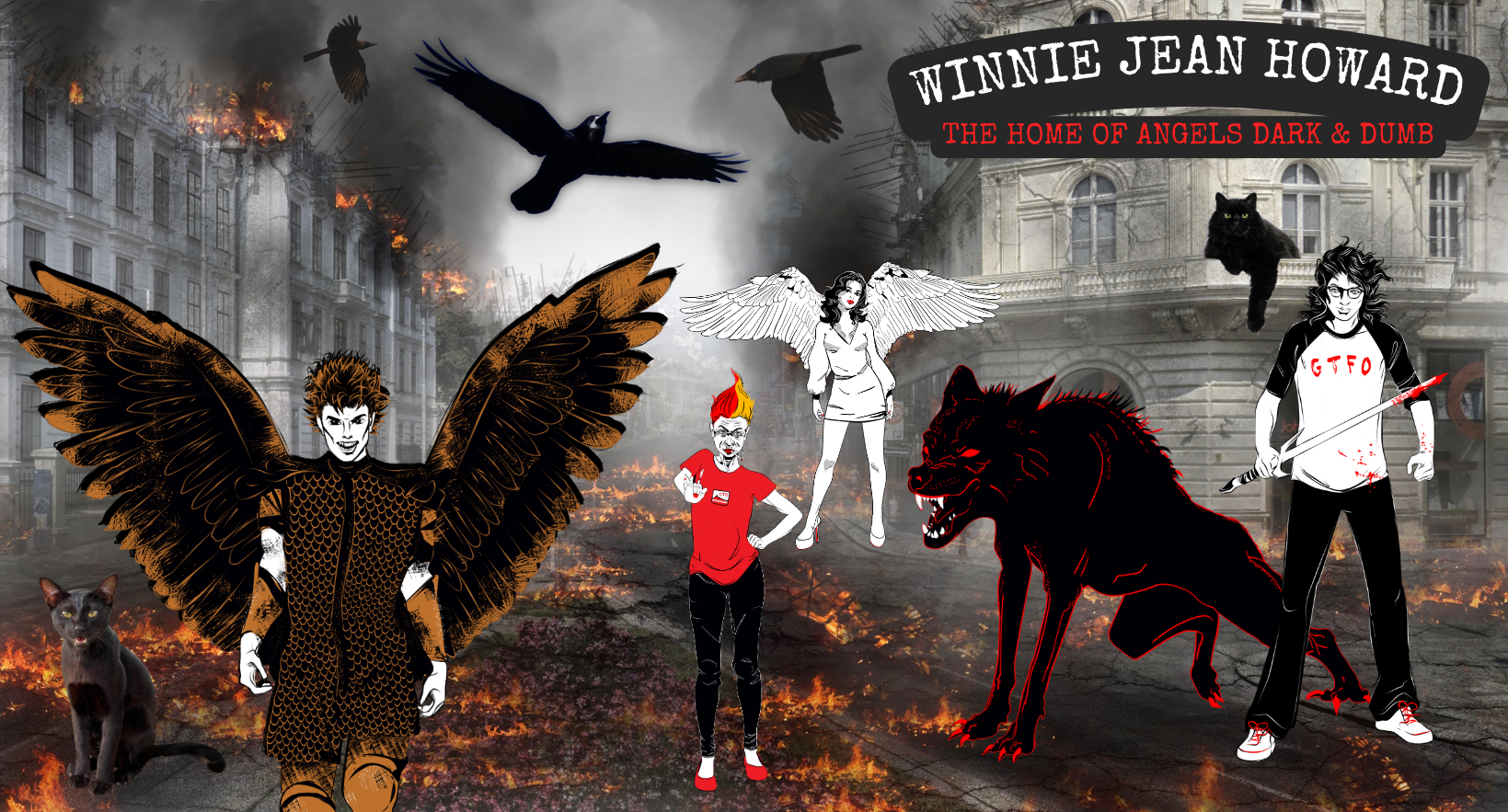
It’s all about the ladies this time. Notice I didn’t say this week because I’ve kinda given up on posting that frequently.
And speaking of ladies, I completed a new drawing in my Ladies of Horror series in Patrick Nagel style. In case you didn’t recognize her, this is Barbara Steele, an iconic figure in horror cinema, celebrated for her striking beauty and captivating screen presence. In Black Sunday (1960), directed by Mario Bava, Steele delivers a mesmerizing dual performance as Princess Asa Vajda, a vengeful witch, and Katia Vajda, her innocent descendant. Steele’s portrayal of Asa is chilling, as she seamlessly embodies malevolence and seduction, making her an unforgettable figure in gothic horror. Her haunting expressions and otherworldly charisma elevated the film, solidifying it as a classic and earning her the title of the “Queen of Horror.”
On to the documentary The Witch of Kings Cross, and it’s an absolute must-watch for anyone who loves stories about fearless artists who challenge societal norms. This documentary dives deep into the life and art of Rosaleen Norton, a groundbreaking Australian artist and occultist who defied the conservative values of 1950s Sydney. It’s not just a film—it’s a portal into a world of creativity, controversy, and unapologetic individuality, especially of the feminine kind.

Rosaleen Norton was no ordinary artist. Dubbed the “Witch of Kings Cross,” she fearlessly explored themes of pagan gods, demons, and sexuality in her work, challenging the rigid moral and religious expectations of her era. Her art, often compared to the work of British occultist Austin Osman Spare, is breathtakingly intricate and deeply evocative. The film does an exceptional job of showcasing her paintings, giving viewers a chance to appreciate her genius in the midst of the scandal and censorship that surrounded her.
What sets this documentary apart is its seamless blending of Norton’s artistic vision with her esoteric beliefs. The film highlights how her devotion to the Greek god Pan and her exploration of “night magic” were not mere rebellion but integral to her creative process. Norton’s art wasn’t just about pushing boundaries; it was an extension of her spirituality and her connection to the mystical.
The documentary also sheds light on the harsh censorship and societal backlash Norton faced. In a time when Australia was steeped in conservative values, her art and lifestyle were considered scandalous. Authorities confiscated her work, removed pieces from exhibitions, and even tried to prosecute her for obscenity. But rather than retreat, Norton stood firm, embodying the kind of defiance and authenticity that artists and free spirits today can only admire.

The film itself is a work of art. The visuals, interviews, and narration create an immersive experience that transports you to the bohemian world of Kings Cross in its heyday. The vibrant storytelling not only celebrates Norton’s contributions to art and occultism but also invites viewers to question how society reacts to those who dare to live outside its boundaries.
At its core, The Witch of Kings Cross is a celebration of individuality and creativity. Rosaleen Norton’s story reminds us of the importance of artistic freedom and the courage it takes to remain true to oneself in the face of adversity. Her life is an inspiration to anyone who has ever felt out of step with the world around them.
The Witch of Kings Cross is a captivating documentary that will leave you inspired, enlightened, and in awe of Rosaleen Norton’s resilience and vision. Whether you’re an artist, a lover of the occult, or simply someone fascinated by trailblazers who refuse to conform, this film is a powerful reminder of the enduring spirit of creativity. Don’t miss it—it’s a story that deserves to be told and remembered.
I give it a solid 5 out of 5. Definitely don’t miss this one!
Until next time…
